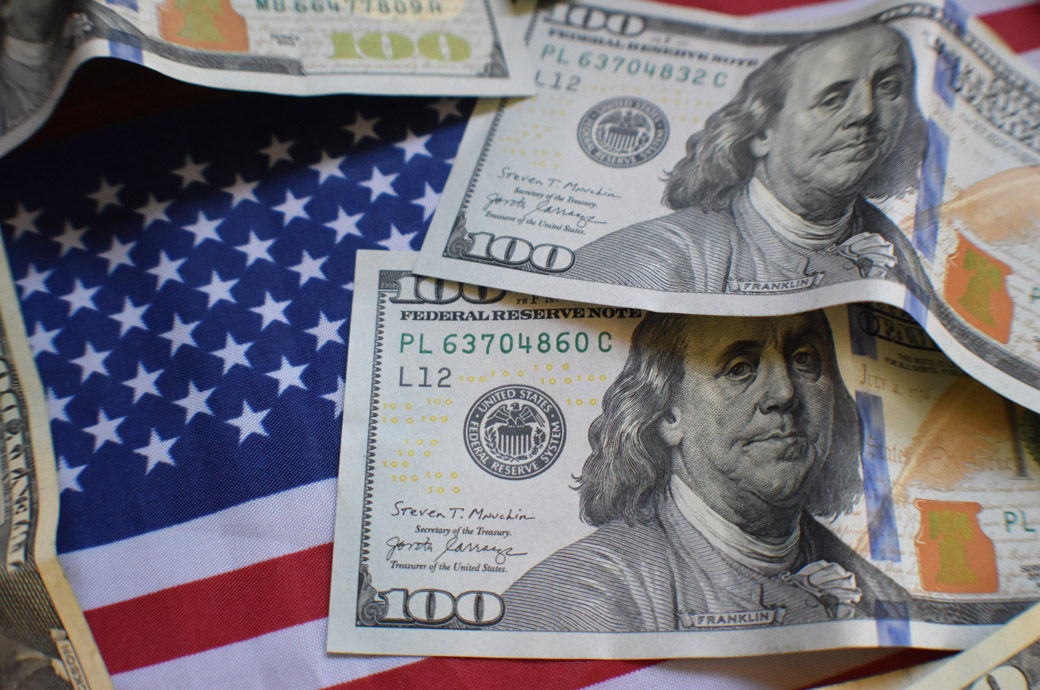

The increase primarily reflects increases in consumer spending, residential and non-residential fixed investment, and state and local government spending that were partly offset by a decrease in private inventory investment. Imports, which are a subtraction in the calculation of GDP, increased.
Compared to Q4 2023, the deceleration in real GDP in Q1 2024 primarily reflects decelerations in consumer spending, exports, and state and local government spending and a downturn in federal government spending. These movements were partly offset by an acceleration in residential fixed investment. Imports accelerated.
These estimates are based on source data that are incomplete or subject to further revision.
The increase in consumer spending reflects an increase in services that was partly offset by a decrease in goods. Within goods, the decrease primarily reflected decreases in motor vehicles and parts as well as gasoline and other energy goods.
The increase in state and local government spending reflected an increase in compensation of state and local government employees. The decrease in inventory investment primarily reflects decreases in wholesale trade and manufacturing.
Within imports, the increase reflects increases in both goods and services.
Current-dollar GDP increased by 4.8 per cent at an annual rate, or $327.5 billion, in Q1 2024 to a level of $28.28 trillion. In Q4 2023, GDP increased by 5.1 per cent, or $346.9 billion, a BEA release said.
The price index for gross domestic purchases increased by 3.1 per cent in Q1 2024 compared to a rise of 1.9 per cent in Q4 2023.
Current-dollar personal income increased by $407.1 billion in Q1 2024 compared with an increase of $230.2 billion in Q4 2023.
Fibre2Fashion News Desk (DS)